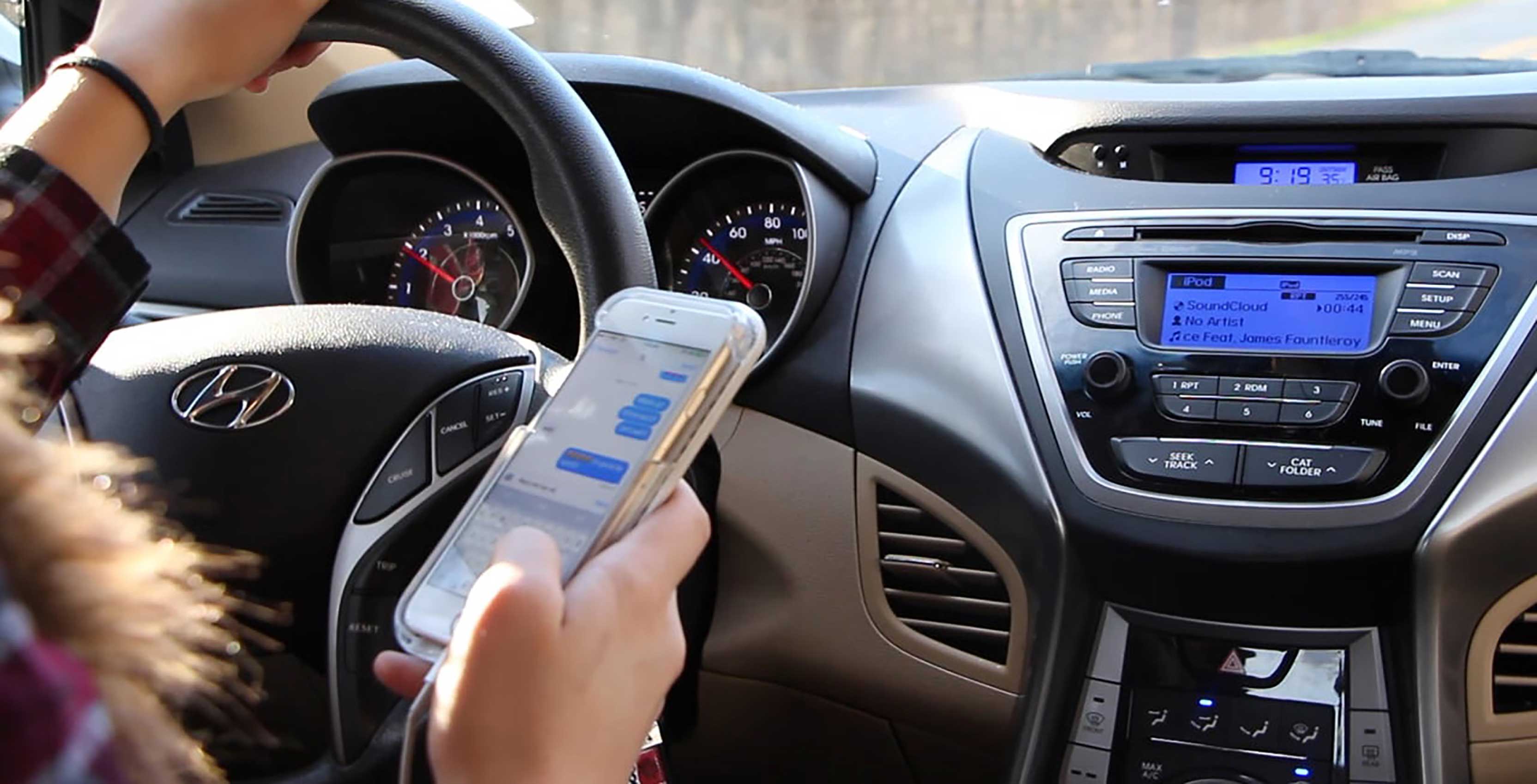
As depressing as it is unreal, 25 percent of road fatalities in Canada are the result of distracted driving, writes Trillium Automobile Dealers Association president Cliff Lafreniere in a Toronto Star op-ed.
Worse, despite the efforts of law enforcement and campaigns aimed to inform the public on the risks of distracted driving, the fatality percentage remained consistent over the past few years.
While some may see distracted driving as texting-and-driving, the term goes far beyond typing or scrolling on a smartphone. In fact, any activity that causes a driver to shift their eyes from the road constitutes distracted driving, according to police. This includes grabbing a piece of gum from the centre console or selecting a song from the infotainment screen.
Some may dismiss the danger through wishful thinking but according to the CAA, “checking a text for five seconds means that at 90 km/h you’ve travelled the length of a football field blindfolded.” That’s a sizable distance travelled without any guidance.
Lafreniere also emphasized the penalties for distracted driving. An offender can receive up to $1,000 fine along with three-day suspension and three demerit points. Repeat offenders face harsher consequences. On a national scale, road crashes in Canada bring an estimated $25 billion loss per year, says The Traffic Injury Research Foundation.
Some car companies also offer their solution to prevent distracted driving through a heads-up display (HUD). Getting its name from the fighter jets, a HUD is a transparent display mounted on the driver side dashboard that allows the person to maintain a line of sight on the road while safely receiving navigation, speed and miscellaneous information. Some latest HUD implementations on sports cars such as a 2019 Mercedes-AMG E63 S sedan include an engine revolution counter with selected transmission gear ratio and taking the guesswork out of the equation when driving around a track.
However, many car makers do not treat a HUD as a safety feature nearly as much as a luxury/novelty add-on, thus producing many cars without it. To make matters more complicated, the world of automobiles sees an ongoing trend that swaps the tried-and-true analog controls for screens that provide little to no haptic feedback.
The 2020 Audi A8, for example, ditched the rotary knobs and dials for two center-mounted touch screens that are prone to causing distracted driving. Even though drivers could still use the function keys on the steering wheel to engage different parts of the infotainment system, it is a far less intuitive alternative than physical knobs and switches that go well with muscle memory.
If you don’t have a fancy touch screen or a HUD, established voice assistance services such as Google Assistant and Siri can still serve as a great alternative since they are free and rely on voice recognition over visual feedback. If you hate using voice control, just set the navigation and music beforehand and pay close attention to the road ahead. It’s that simple to be a responsible driver.
Source: The Toronto Star


